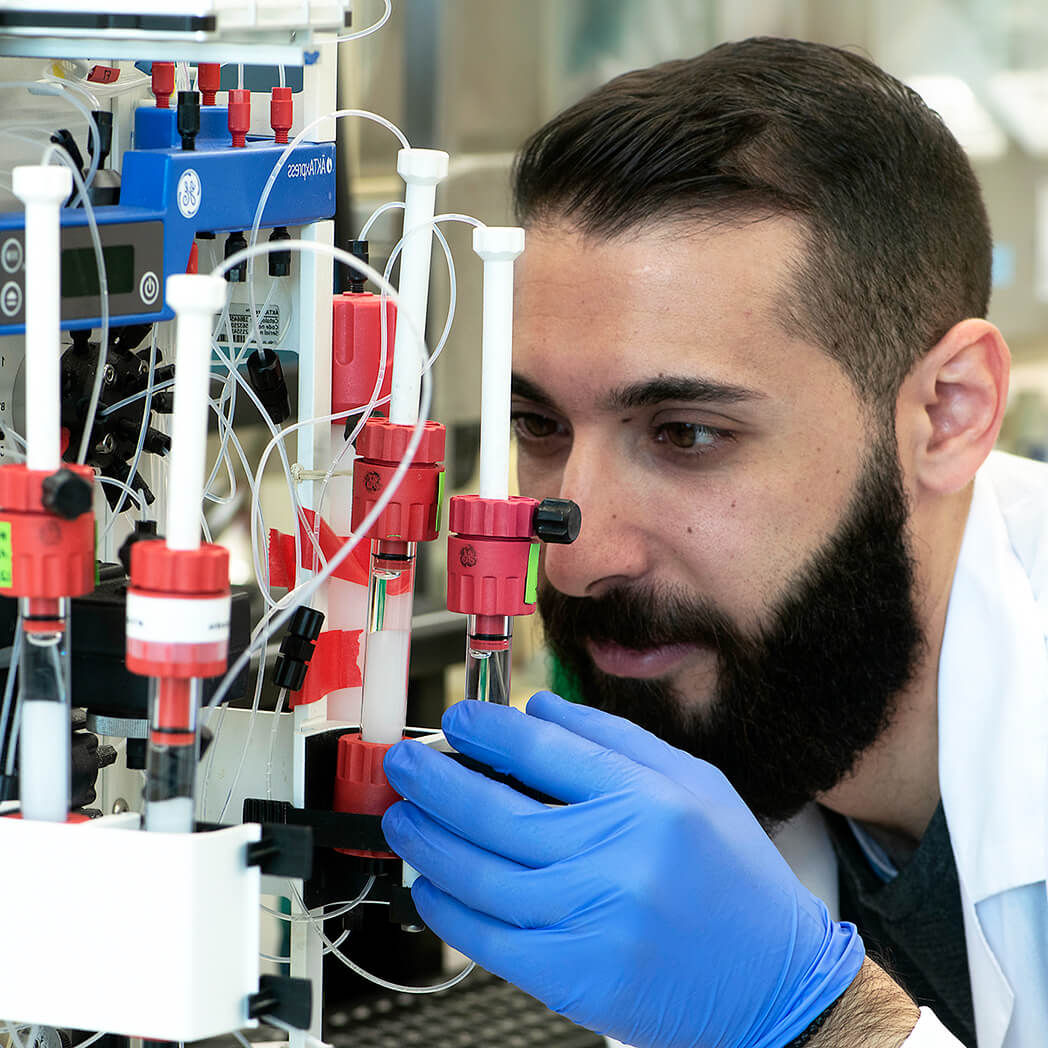Overview
|
| Bioz Stars Product Rating | |
| The world's only objective ratings for scientific research products | |
| Mentions | |
| Recency | |
| View product page > | |
Cat #:
P-510
Purity: >99% (HPLC)
MW: 5109 Da
Form: Lyophilized
PLTX-II (#P-510) is a highly pure, natural, and biologically active peptide toxin.
Alternative Name ω-Plectoxin-Pt1a, ω-PLTX-Pt1a, PLTX-2
MW: 5109 Da
For research purposes only, not for human use
Citations (6)
Citations
Product citations
- Ormerod, K.G. et al. (2013) J. Neurophysiol. 110, 1984.
- Chen, Z. et al. (2010) J. Neurosci. 30, 6247.
- Hartwig, C.L. et al. (2008) Dev. Neurobiol. 68, 1225.
- Worrell, J.W. and Levine, R.B. (2008) J. Neurophysiol. 100, 868.
Specifications
Properties
Technical Specifications
Origin Natural peptide isolated from Plectreurys tristis (Spider).
MW 5109 Da
Sequence ADCSATGDTCDHTKKCCDDCYTCRCGTPWGANCRCDYYKARCDT.
Modifications Disulfide bonds between Cys3-Cys17, Cys10-Cys23, Cys16-Cys35, Cys20-Cys42 and Cys25-Cys33. Thr44 - C-terminal amidation and Opalmitoylation.
Peptide Content 100%
Purity >99% (HPLC)
Molecular formula C208H312N60O71S10.
Biological Activity
Target CaV Ca2+ channels
Effective concentration 10-50 nM.
Activity PLTX-II is a voltage-gated Ca2+ channel blocker.
Solubility and Storage
Shipping and storage Shipped at room temperature. Product as supplied can be stored intact at room temperature for several weeks. For longer periods, it should be stored at -20°C.
Solubility Water or 0.9% NaCl solution. Centrifuge all product preparations before use (10000 x g 5 min).
Storage of solutions Up to one week at 4°C or three months at -20°C.
Scientific Background
References
Scientific background Plectreurys toxin (PLTX-II) is a 44 amino acid peptidyl toxin produced by Plectreurys tristis spider1,2. PLTXII was found as a potent blocker of the CaV2 channel (CAC) that inactivates Ca2+ currents in pupal neurons3 and in antennal lobe PNs of adult Drosophila brain. PLTX-II regulates the miniature excitatory postsynaptic current frequency at excitatory cholinergic synapses of these neurons in vitro and in situ and acts as a presynaptic Ca2+-channel blocker3,4.
References
- Leung, H.T. et al. (1989) Neuron 3, 767.
- Branton, W.D. et al. (1993) Nature 365, 496.
- Gu, H. et al. (2009) J. Neurophysiol. 101, 42.
- Hou, J. et al. (2008) J. Neurophysiol. 100, 2833.
Last Update: 08/01/2025

